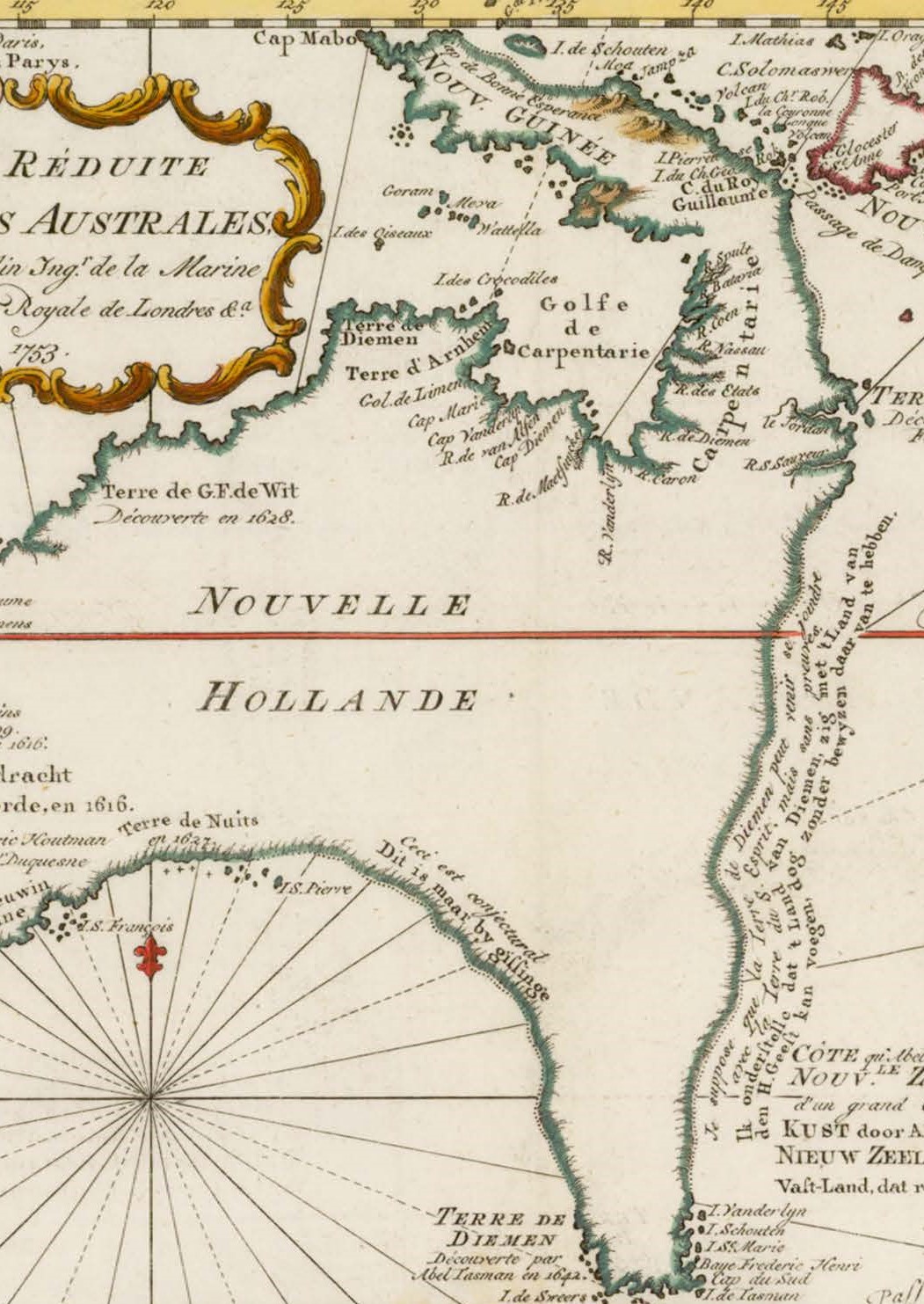Gerhard Mercator as Sacred Geographer
Paradise at the North Pole
DOI:
https://doi.org/10.55283/jhk.14248Keywords:
sacred geography, North Pole, magnetism, uncertaintyAbstract
Mercator’s Description of the Northern Lands (Septentrionalium terrarum descriptio), a map of the North Pole, appeared in his Atlas published in 1595. Despite returning to his research on magnetism and the geography of the Far North over the course of five decades, Mercator struggled to reconcile discrepancies in his data. This paper presents the various quantitative and qualitative methods Mercator used to grapple with uncertainty about the north, including relying on textual descriptions in historical travel narratives, comparing portolan charts and Ptolemaic maps, consulting studies by his contemporaries, and compiling compass readings. Although Mercator’s exploration of multiple approaches did not yield the geographic or magnetic certainty he sought, he designed a map that projected certitude. This paper argues that in the absence of geographical information and clarity about magnetism and the geography of the north, Mercator turned to theological reasoning to form a hypothesis about the North Pole as Paradise. It shows, too, that Mercator’s dual aim of describing both the physical and the sacred landscape of the Far North was gradually erased by his successors, thus obscuring the fact that his religious worldview informed his understanding and mapping of the Far North.
Downloads
Downloads
Published
Issue
Section
License
Copyright (c) 2023 Danielle Gravon

This work is licensed under a Creative Commons Attribution 4.0 International License.


